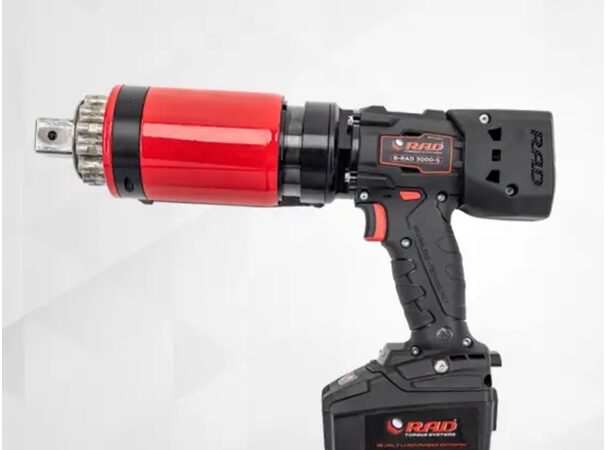All You Need To Know About Sheet Metal Fabrication Processes
Sheet metal fabrication provides an excellent developmental and manufacturing process for creating durable component prototypes like panels, mounts, and casings.
Sheet metal fabrication, on the other hand, differs from other manufacturing techniques in that it entails several various processes, each of which manipulates the sheet metal together in a unique way.
Machining a sheet metal, reshaping it, or putting multiple parts of that are also some of the different operations. Sheet metal fabrication seems to be a collection of procedures for converting sheet metal to usable products. We’ve grouped the operations into three areas with this guidance: cutting, deformation, as well as assembling. sheet metal fabrication companies in Malaysia could provide a cost-effective substitute for castings and processing for partly flat or hollowed objects. This is also a fast technique that wastes very little material.
Cutting as a sheet metal fabrication process
Since useful pieces can be created by merely removing chunks of metal, sheet metal fabrication is characterized as a subtractive industrial technique. Sheet metal could be cut with various machines, some of which may be specific to sheet metal manufacturing.
- Laser cutting is amongst the most used ways to slice sheet metal. A strong laser is being used in a laser cutter, magnified by a reflective surface. It’s high-precision, low-energy equipment that works with thinner and medium-gauge sheet metal.
- Water jet cutting- Water jet cutting is yet another option for sheet metal machining. Water jet cutting is a sheet metal production technique involving slicing the steel with a strong water jet (combined, including an abrasive material). Water jet cutters were especially beneficial for slicing sheet metals using low melting points even though they hardly generate heat that could cause the metal to distort.
- Plasma cutting is indeed a third method for sheet metal slicing. A plasma cutter develops an electric conduit of ionized gas that produces a hot plasma jet that readily pierces thick metal sheet thicknesses. Plasma cutters were fast and strong, with minimal setup costs, while less precise than lasers or abrasive waterjet cutters.
Deformation as a sheet metal fabrication process
Sheet metal deformation is yet another important area of sheet metal production techniques. This category of operations includes various methods for changing and manipulating sheet metal sans cutting them. Sheet metal folding is amongst the most common deformation methods. A sheet metal manufacturer could bend sheet metal, creating V forms, U shapes, and tubes at an angle ranging up to 120 degrees utilizing a brake mechanism. Sheet metal with a narrower gauge is simpler to bend.
Assembly as a sheet metal fabrication process
Sheet metal can be formed in two ways: slicing and deformation. Assembling is a third option, which can be done with or without conventional fasteners. The use of fasteners such as bolts, nuts, and fasteners to join dissimilar elements of sheet metal pieces is an essential component of the entire production process.
Wrapping up
If you’ve developed sheet metal components before, you’re probably familiar with the fabrication methods that would be required to bring the design to life. Various sheet metal fabrication companies in Malaysia use these processes in your production as per the requirements.






